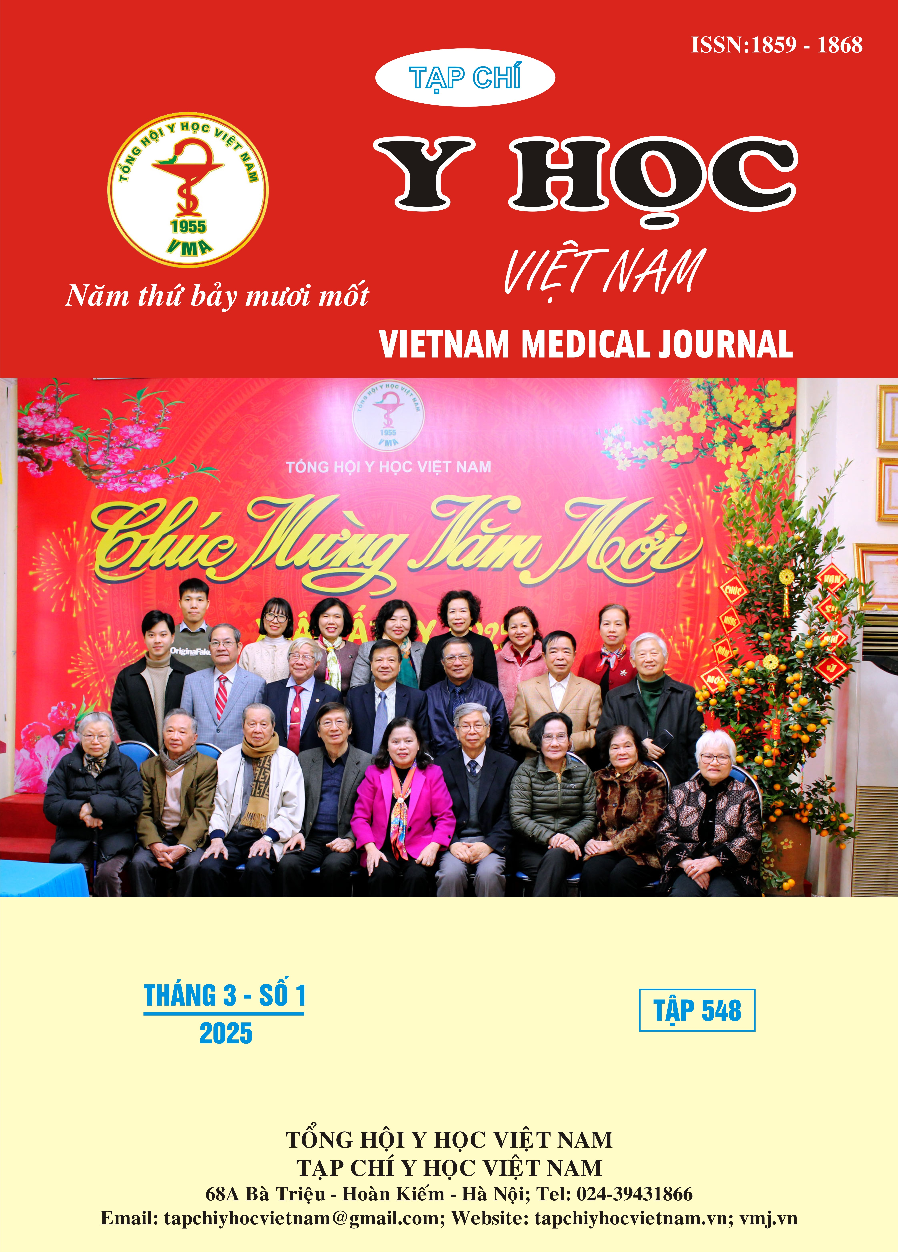MANAGEMENT OF SECONDARY EPIRETINAL MEMBRANES FROM UVEITIS
Main Article Content
Abstract
Epiretinal membrane is an abnormal layer composed of proliferating myofibroblastic cells and extracellular matrix on the inner surface of the central retina, along the internal limiting membrane. Epiretinal membrane with or without associated cystoid macular edema, is a common complication of uveitis. Uveitis-related inflammation may persist chronically or occur in periodic flare-ups superimposed on a baseline of ongoing inflammation, leading to cumulative inflammation within the retina, resulting in chronic structural changes and progressive vision loss. Optical coherence tomography has facilitated the detection of epiretinal membrane, deepened our understanding of its pathophysiology, and enabled the identification of prognostic factors for visual recovery following surgery. Vitrectomy combined with membrane peeling is the standard treatment for this condition, aiming to restore retinal structure and visual function, reduce macular edema, minimize uveitis reactivation, and decrease the quantity and/or dosage of anti-inflammatory medications postoperatively. Non-tractional membranes can be monitored, as they do not cause anatomical abnormalities, and vision is usually preserved. Surgical intervention is indicated when there is progressive structural and functional damage involving the central retina, focal attachment, deformation of retinal layers, persistent cystoid macular edema, significant visual impairment, and when conservative strategies have proven ineffective with at least 3 months of preoperative quiescence. However, optimal perioperative control of inflammation is essential to achieving the best outcomes.
Article Details
Keywords
Uveitis, Epiretinal membrane, Secondary, Vitrectomy, Prognostic factors, Inflammation control
References
2. Fukunaga H, Kaburaki T, Shirahama S et al (2020). Analysis of inflammatory mediators in the vitreous humor of eyes with pan-uveitis according to aetiological classification. Sci Rep 10(1):2783.
3. Yap A et al. Epiretinal membrane in uveitis: Rate, visual prognosis, complications and surgical outcomes. Clin Exp Ophthalmol. 2024 Jan-Feb;52(1):54-62.
4. Nazari H, Rao N (2013). Longitudinal morphometric analysis of epiretinal membrane in patients with uveitis. Ocul Immunol Inflamm 21(1):2–7
5. Stevenson W, Prospero Ponce CM, Agarwal DR, et al. Epiretinal membrane: optical coherence tomography-based diagnosis and classification. Clin Ophthalmol. 2016;10:527–534
6. Iannetti L, Accorinti M, Malagola R et al (2011). Role of the intravitreal growth factors in the pathogenesis of idiopathic epiretinal membrane. Invest Ophthalmol Vis Sci 52(8): 5786–5789
7. Bansal R, Dogra M, Chawla R et al (2020). Pars plana vitrectomy in uveitis in the era of microincision vitreous surgery. Indian J Ophthalmol 68:1844–1851
8. Maitra P, Kumar DA, Agarwal A. Epiretinal membrane profile on spectral domain optical coherence tomography in patients with uveitis. Indian J Ophthalmol. 2019;67(3):376–81
9. Hung JH, Rao NA et al (2023). Vitreoretinal surgery in the management of infectious and non-infectious uveitis - a narrative review. Graefes Arch Clin Exp Ophthalmol 261(4):913–923.
10. Phoebe Lin. Surgery in Uveitis. Current Practices in Ophthalmology Uveitis. Springer Nature. 2019 Nov 21 7(1): 181-195


